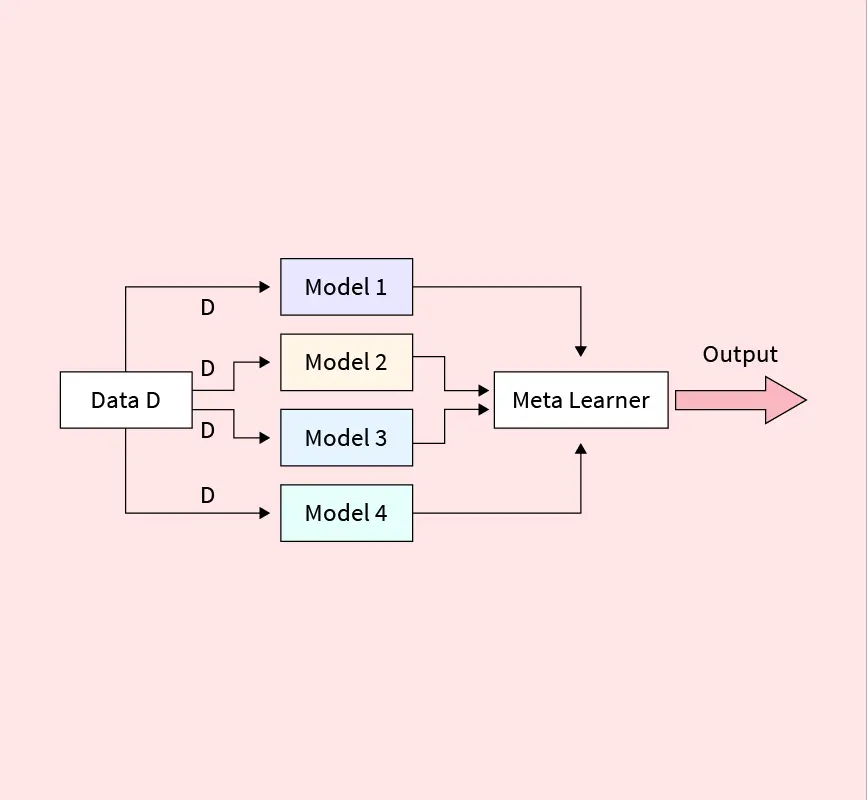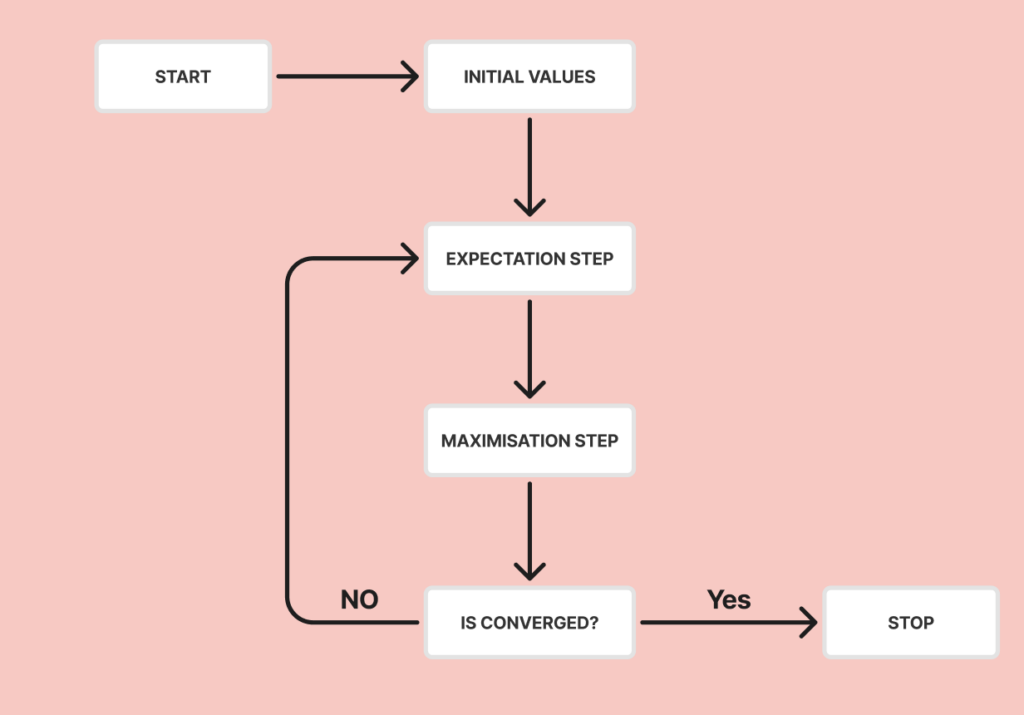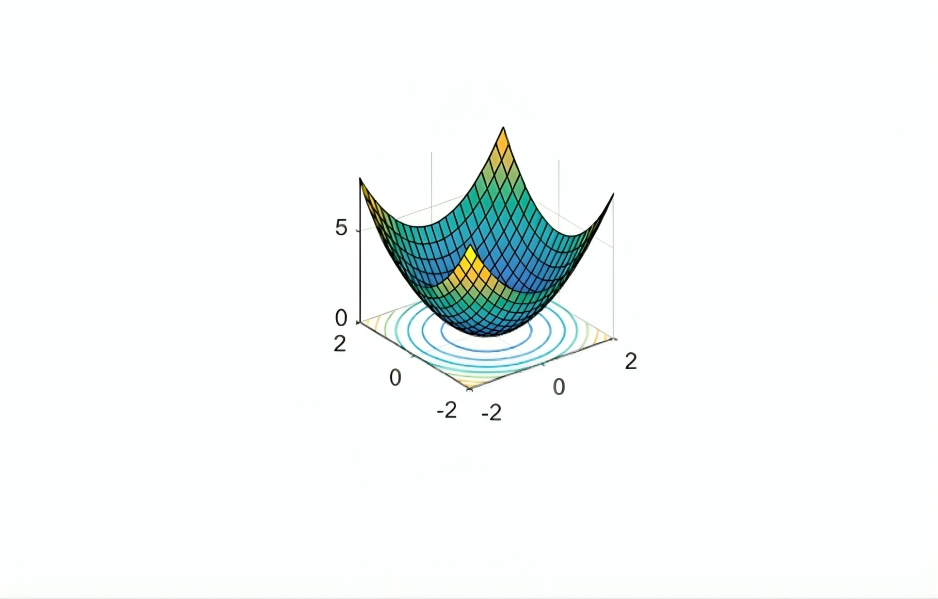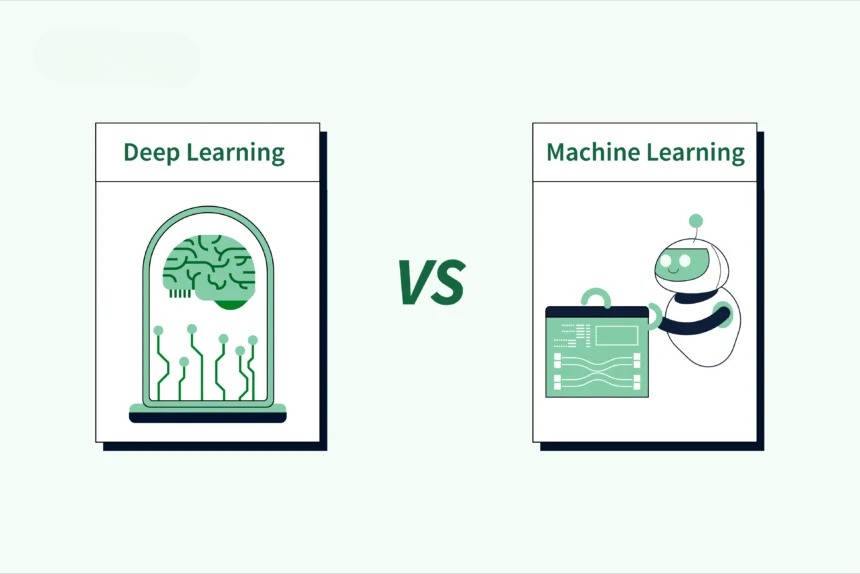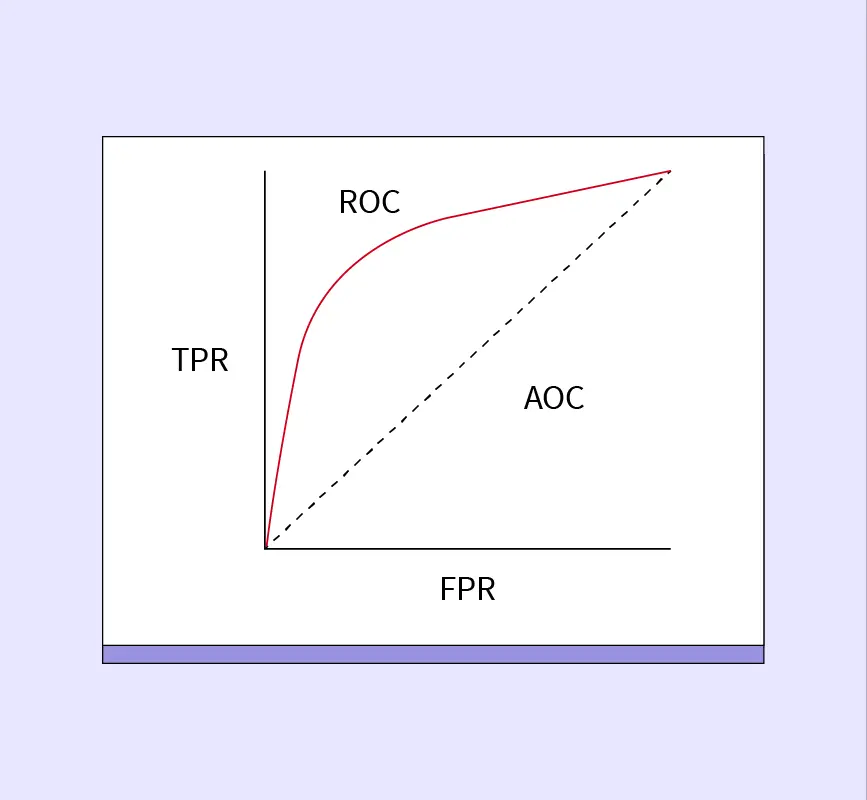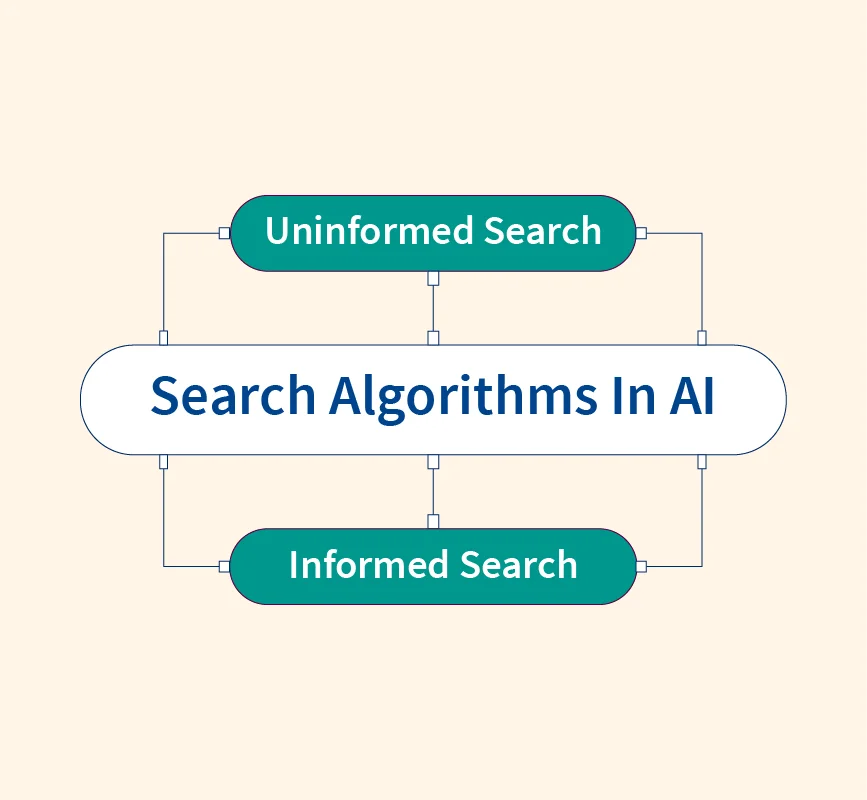Stacking in Machine Learning
Ensemble learning is a popular approach in machine learning where multiple models are combined to improve the accuracy and robustness of predictions. Often, individual models may have limitations, such as overfitting or underfitting. By combining several models, ensemble methods can reduce these issues and produce better results. Stacking (stacked generalization) is an ensemble technique that ...
